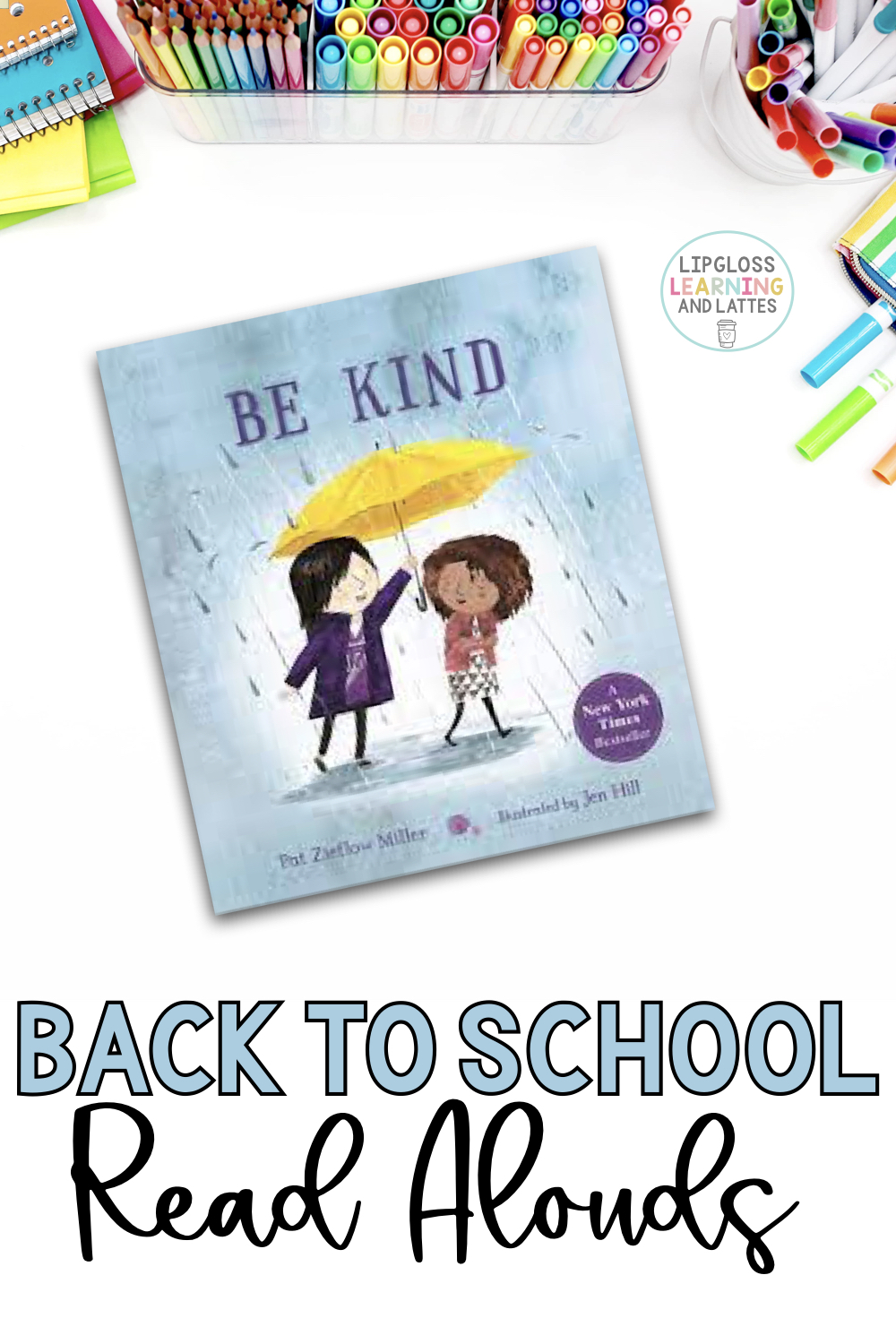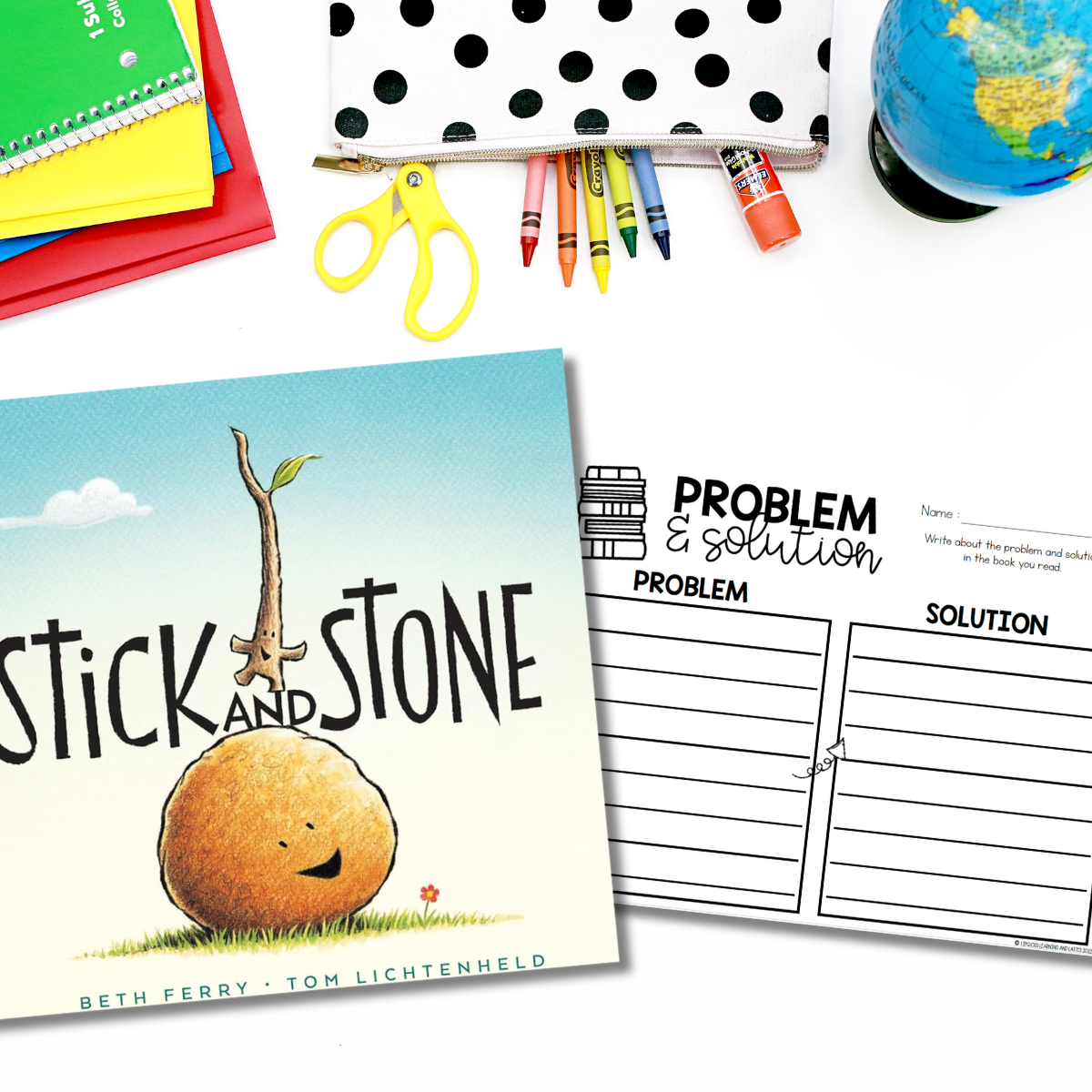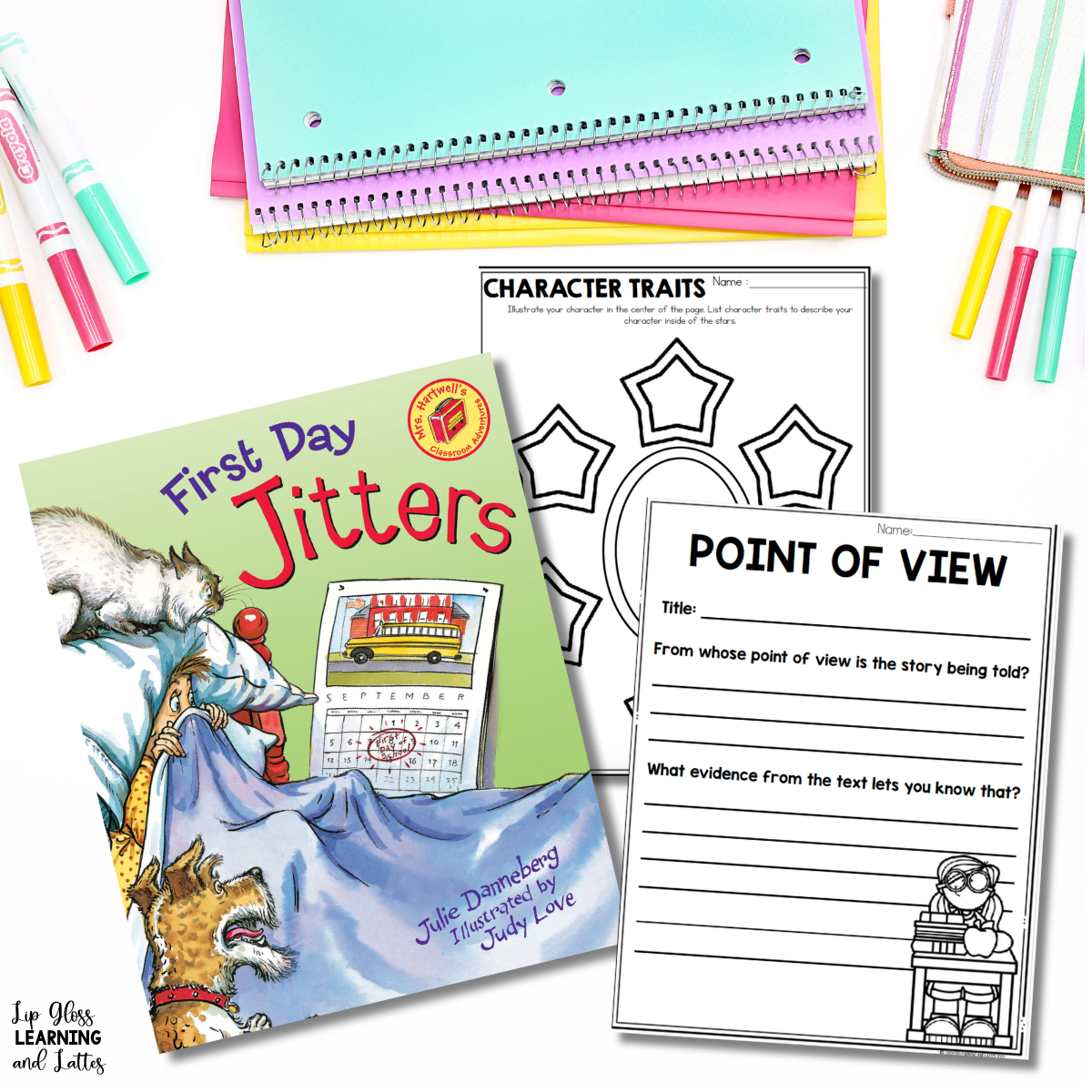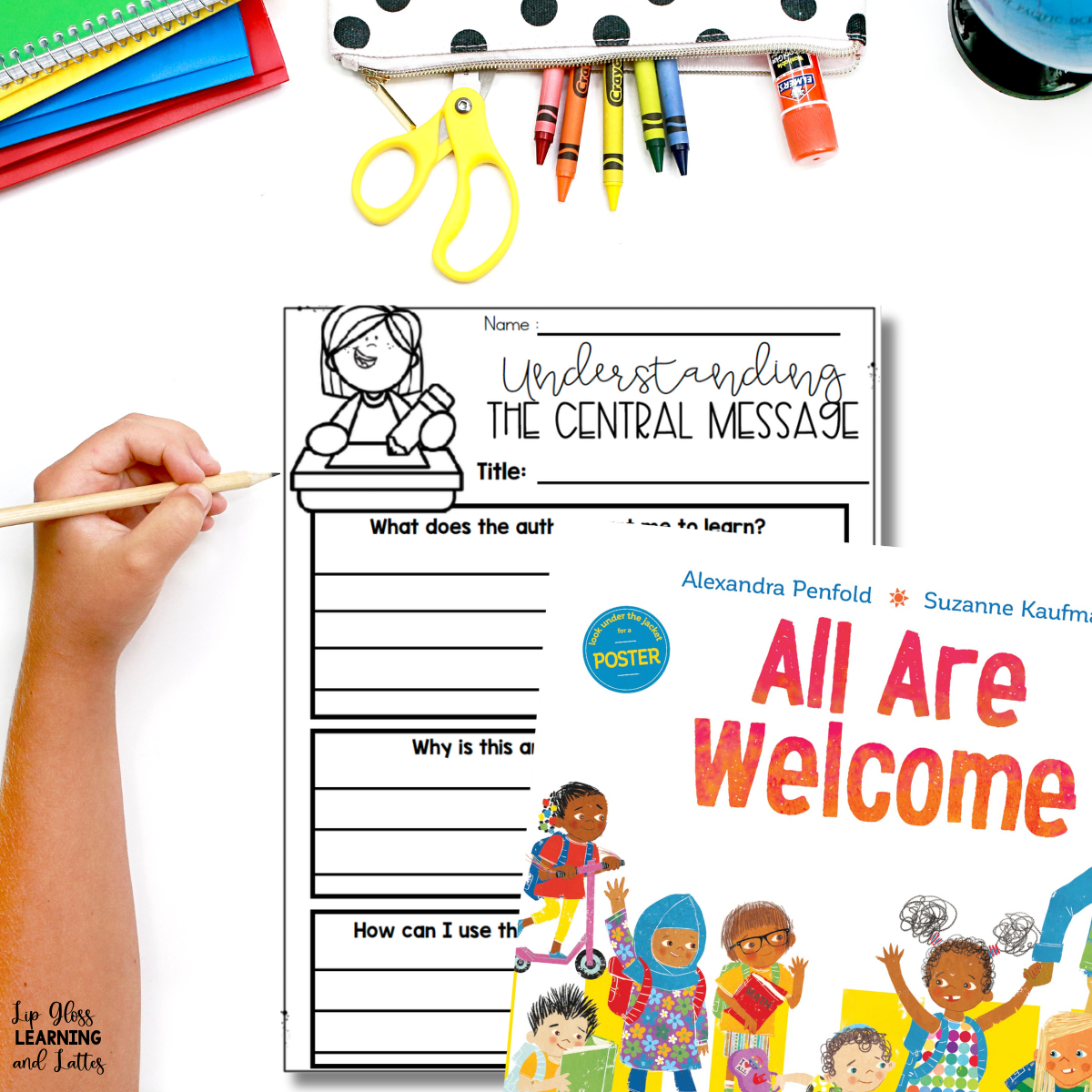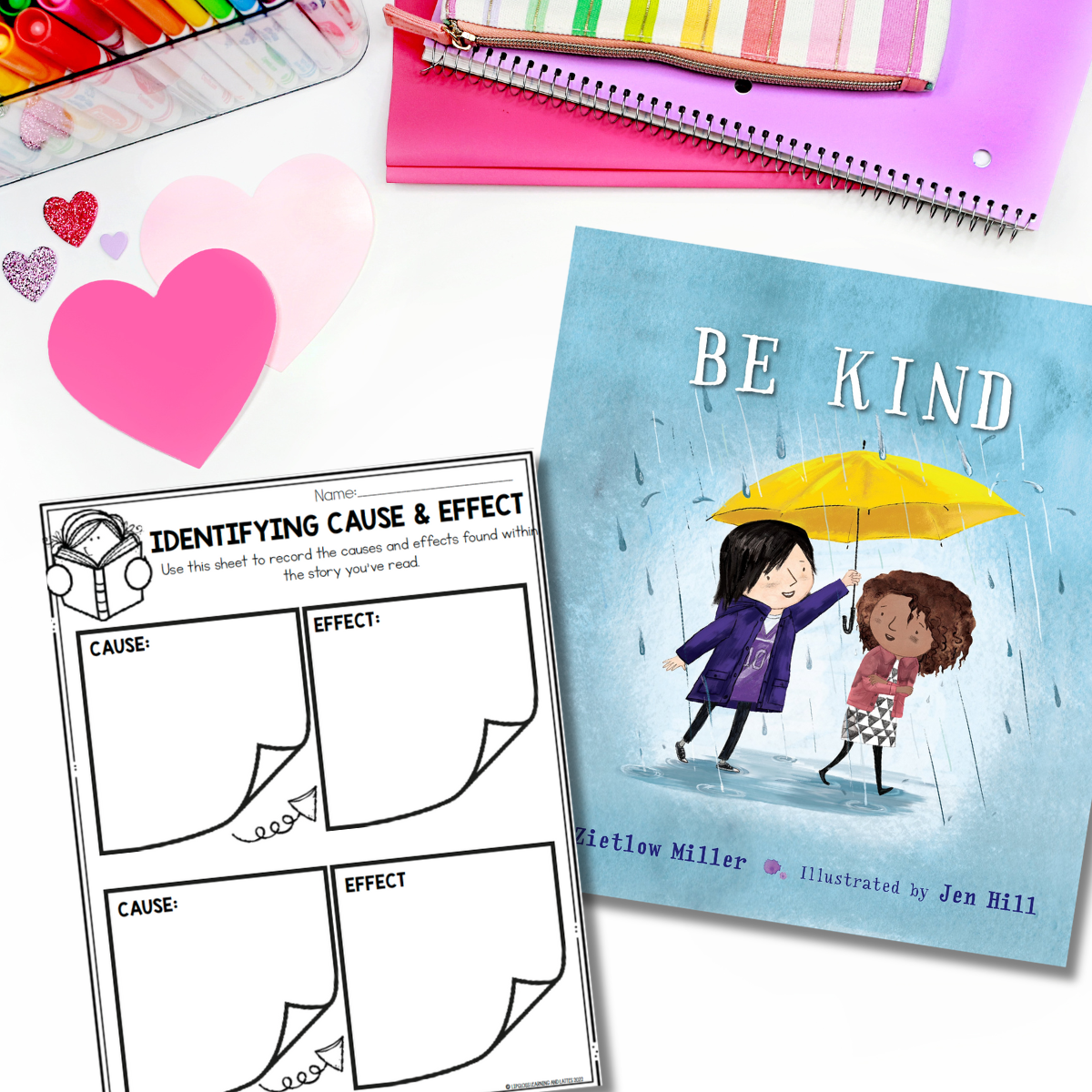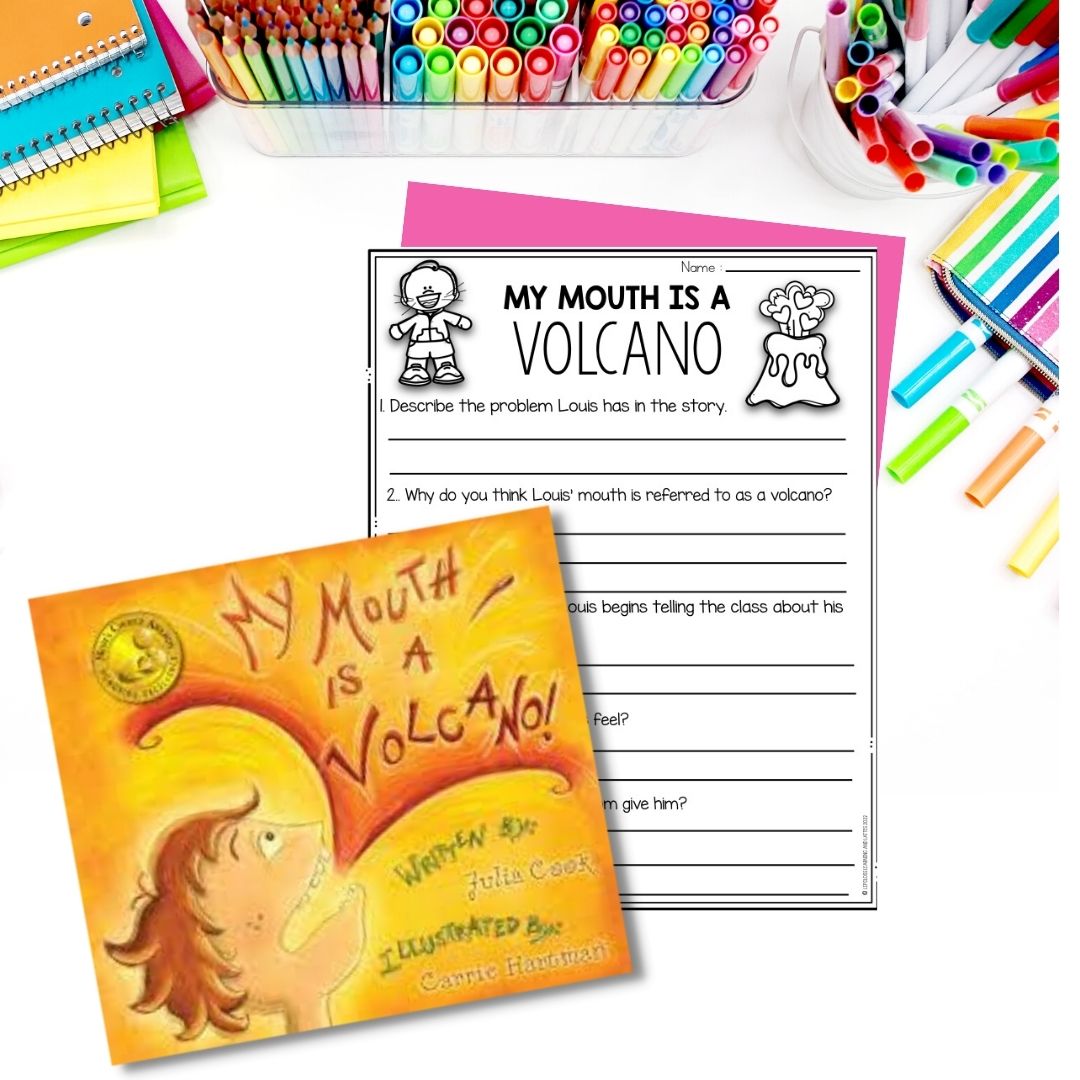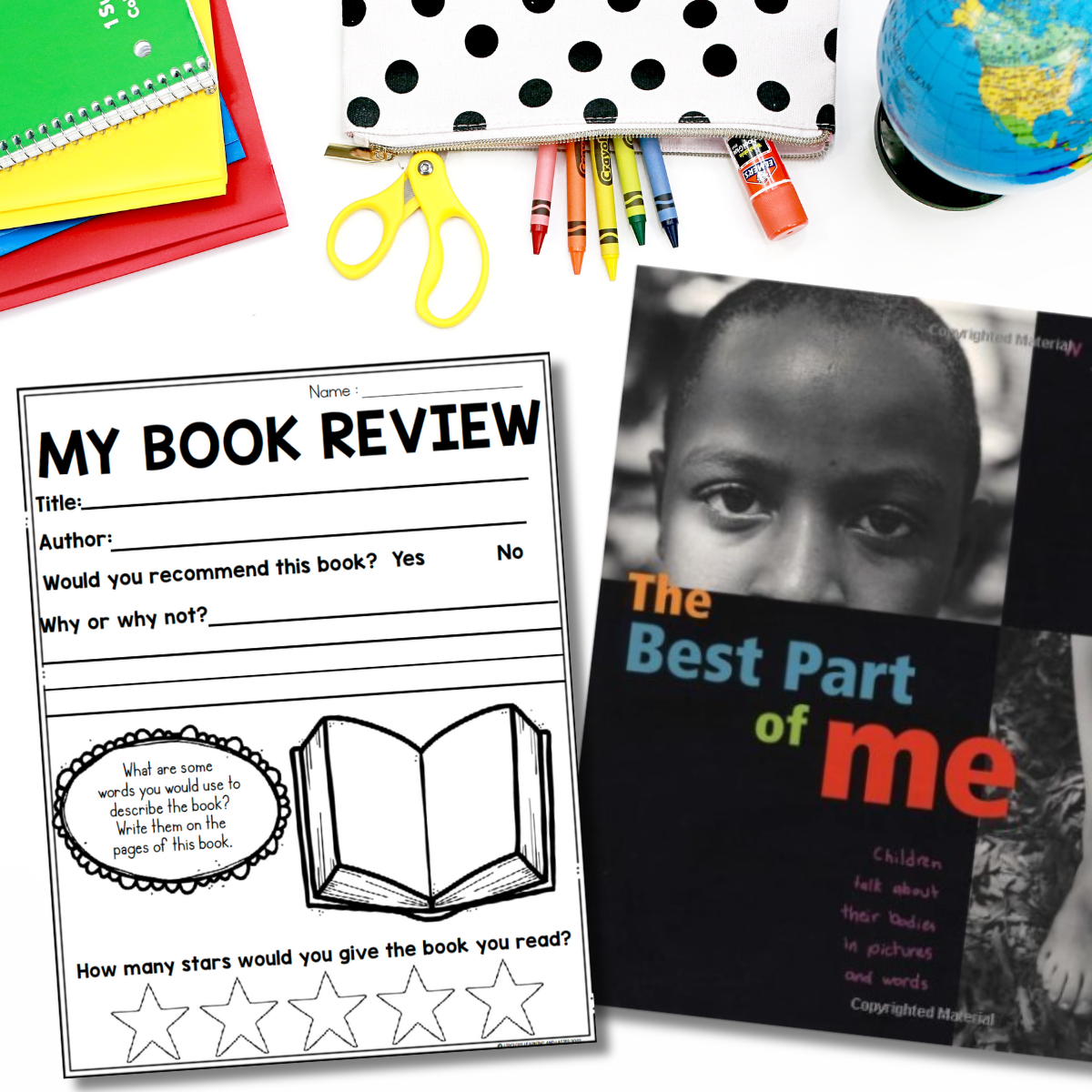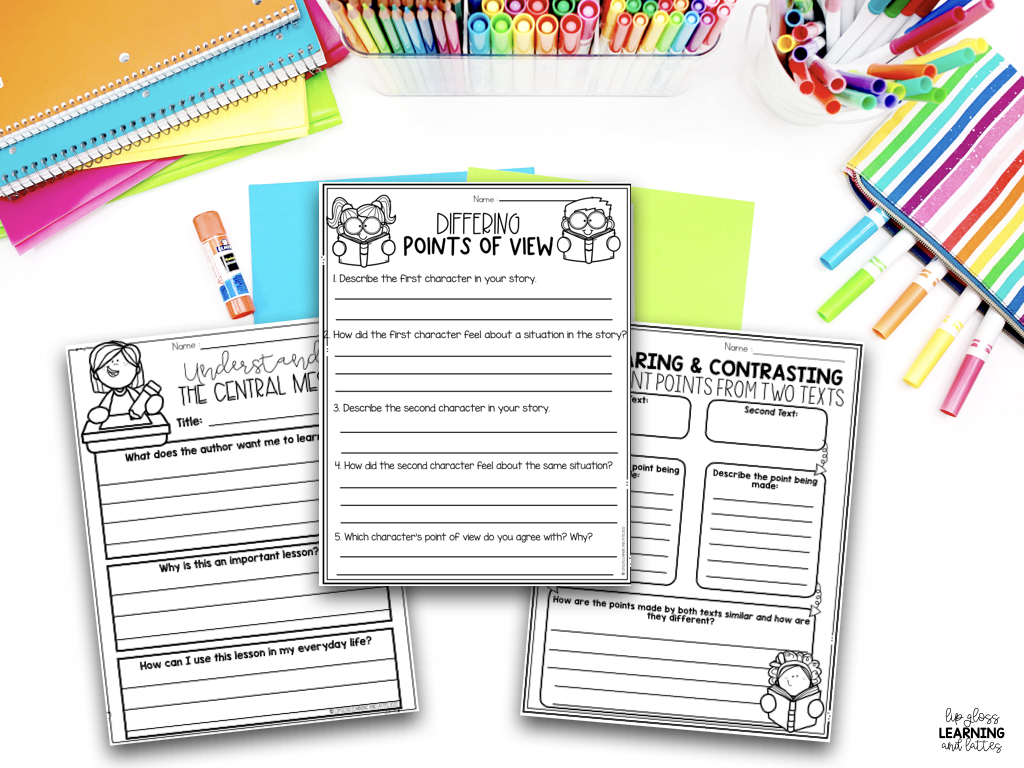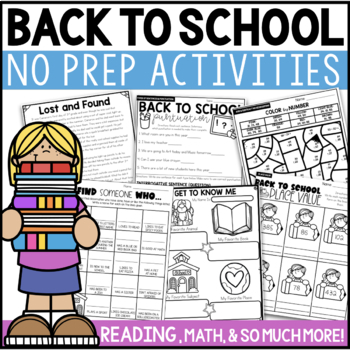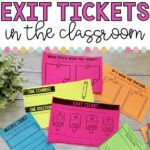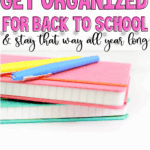Best Back to School Books + Reading Graphic Organizers
The beginning of the school year is a magical time for building classroom community, establishing routines, and — my favorite — diving into meaningful read alouds. There’s something special about the way stories bring a class together, spark conversations, and set the tone for the year.
In this post, I’m sharing 10 of my favorite back-to-school read alouds, each paired with a reading comprehension graphic organizer from my no-prep, Common Core-aligned resource. These graphic organizers can be used with anybook or text, but I’ve included ideas for how to match specific ones to these read alouds to save you time and increase student engagement.
Let’s make your first weeks back feel organized and purposeful — with books that connect and tools that make comprehension stick!
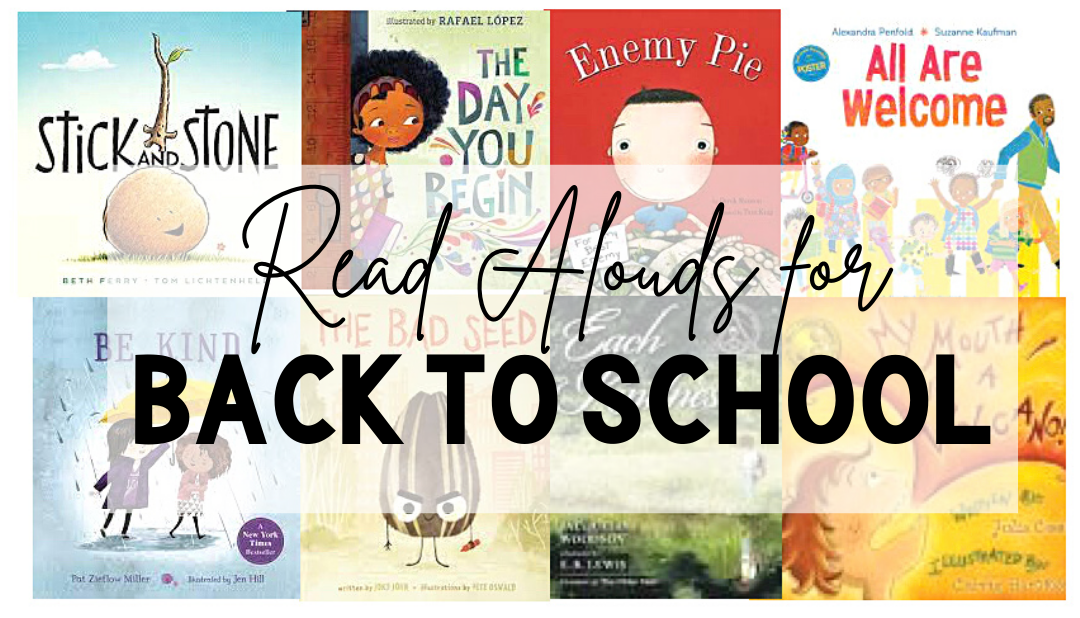
1. Stick and Stone By: beth ferry
Perfect Graphic Organizer: Character Traits + Problem and Solution
Stick and Stone is a sweet, simple story that delivers a powerful message about friendship, loyalty, and standing up for others. When Stick comes to Stone’s rescue after he’s picked on by a pinecone, their bond is formed — and later, Stone gets the chance to return the favor.
This read-aloud is perfect for the first week of school because it opens the door to meaningful conversations about kindness, empathy, and what it means to be a good friend.
📝 Use the the Problem and Solution organizer to:
-
Show how Stick helps solve Stone’s problem.
-
Discuss how both characters grow through their actions.
2. First Day Jitters By: Julie Danneberg
Perfect Graphic Organizer: Character Response + Questioning a Story
This relatable story is perfect for showing students that even adults can feel nervous on the first day. After reading, students can reflect on how the character’s feelings change and ask questions about why the author may have chosen that twist ending.
3. The Day You Begin by: Jacqueline Woodson
Perfect Graphic Organizer: Point of View + Character Traits
This beautifully written story helps children understand that everyone has a story and that our differences make us special. Use the Point of View organizer to explore how the main character sees herself versus how others see her, and follow up with Character Traits to dive deeper.
4. Enemy Pie by: Derek Munson
Perfect Graphic Organizer: Problem and Solution + Character Change
Enemy Pie is a clever and heartwarming story about friendship, misunderstandings, and second chances. When the narrator meets Jeremy Ross, he quickly declares him his new enemy. But his dad has a plan: make Enemy Pie—a recipe that only works if you spend the entire day with your enemy first.
As the narrator spends time with Jeremy, he realizes that maybe Jeremy isn’t so bad after all.
Use the Character Change graphic organizer to:
-
Compare how the narrator feels about Jeremy at the beginning vs. the end.
-
Reflect on how time and experience can change our opinions of others.
5. All Are Welcome By: Alexandra Penfold
Perfect Graphic Organizer: Author’s Purpose + Understanding the Central Message
All Are Welcome is a warm and rhythmic story that follows a diverse group of children throughout a school day. As they learn, eat, play, and celebrate their differences, the repeated phrase “All are welcome here” reinforces the idea that every student belongs.
This book is ideal for launching conversations about acceptance, kindness, and classroom community. After reading, have your students use the Understanding the Central Message graphic organizer to reflect on the big idea the author wants readers to take away.
6. Be Kind By: Pat zietlow miller
Perfect Graphic Organizer: Cause and Effect
In Be Kind, a young girl navigates a situation where she wants to comfort a classmate who’s upset. Through her reflections, readers see how simple, thoughtful actions — like including someone, giving a compliment, or offering help — can ripple out and make a big difference.
This book is a great tool for introducing the concept of cause and effect in both reading and real life. Use the Cause and Effect graphic organizer to help students identify how the main character’s small decisions lead to positive emotional outcomes.
Questions to guide student thinking:
-
What causes the classmate to feel sad at the beginning?
-
What actions does the main character take?
-
What are the effects of those actions on others?
7. The Bad Seed by: Jory John
Perfect Graphic Organizer: Character Change + I Can Infer
The Bad Seed is a student favorite with a powerful message: no matter how you’ve acted in the past, you can always choose to change. In this story, a seed who’s known for being rude, disruptive, and “baaaaad” decides he wants to turn things around. He may not be perfect, but he’s trying — and that’s what matters.
This is a great read aloud to help students reflect on their own behavior and personal growth, especially at the start of a new school year.
Use the Character Change graphic organizer to:
-
Track how the Bad Seed feels and acts at the beginning of the story vs. the end.
-
Identify the moment he decides to change and how his actions start to shift.
-
Discuss how change is a process, not something that happens all at once.
Add the I Can Infer organizer to:
-
Infer why the seed was acting badly at first (hint: there’s a reason behind his behavior).
-
Support inferences with clues from the text and illustrations.
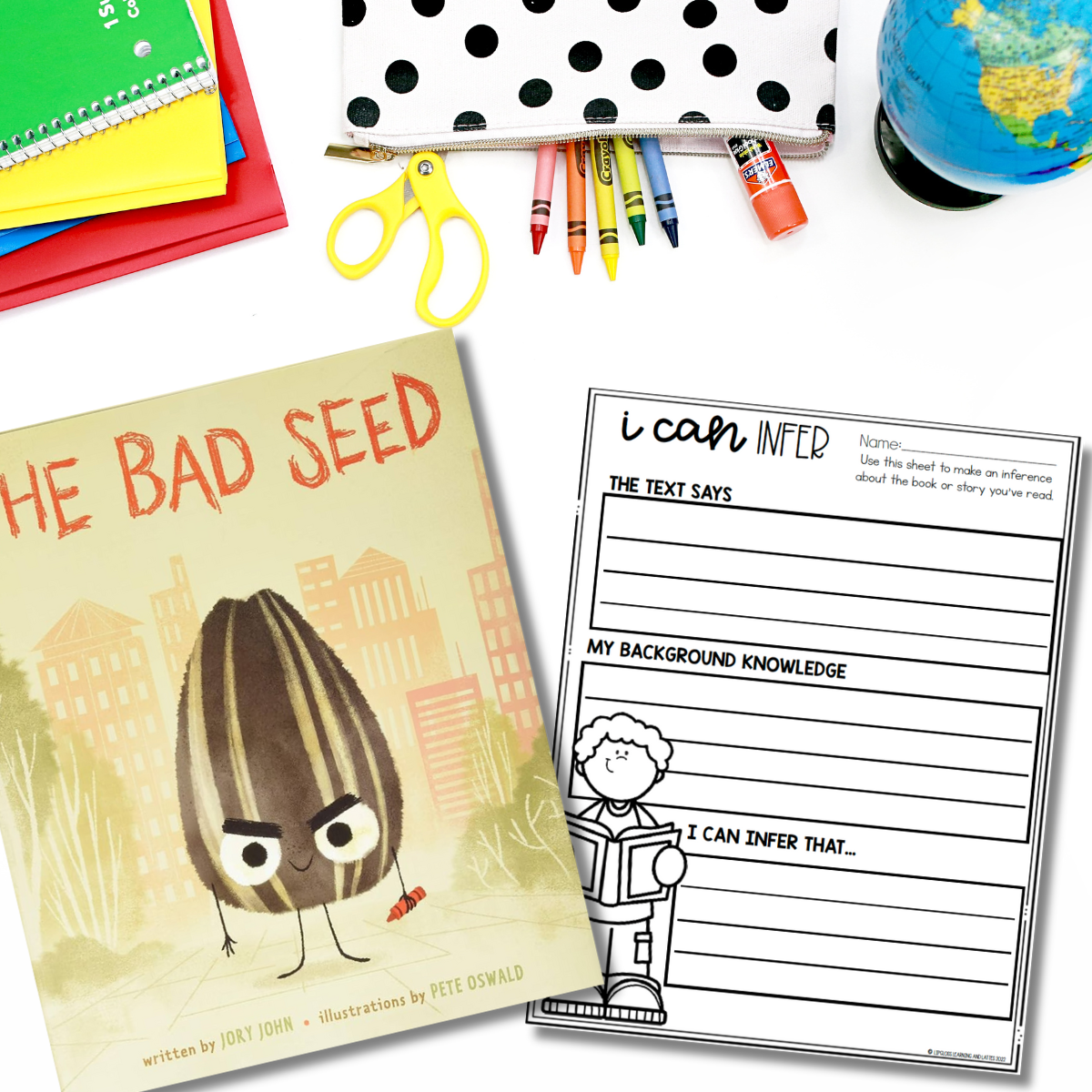
8. Each Kindness By: Jacqueline woodson
Perfect Graphic Organizer: Cause and Effect
Each Kindness is a moving story with an unforgettable message: our actions — or inactions — have consequences. When a new girl, Maya, arrives at school, Chloe and her friends choose to ignore her. Maya tries to connect with them through kind gestures, but they continue to exclude her. Eventually, Maya stops coming to school, and Chloe is left with the weight of missed opportunities and unspoken apologies.
This powerful story encourages students to think deeply about the effects of their behavior and the importance of kindness in every moment.
Use the Cause and Effect graphic organizer to:
-
Talk about what the kids in the story did and how it made Maya feel.
-
Look at the choices the characters made and what happened because of them.
- Help students think about how being kind — even in small ways — might have changed the ending of the story.
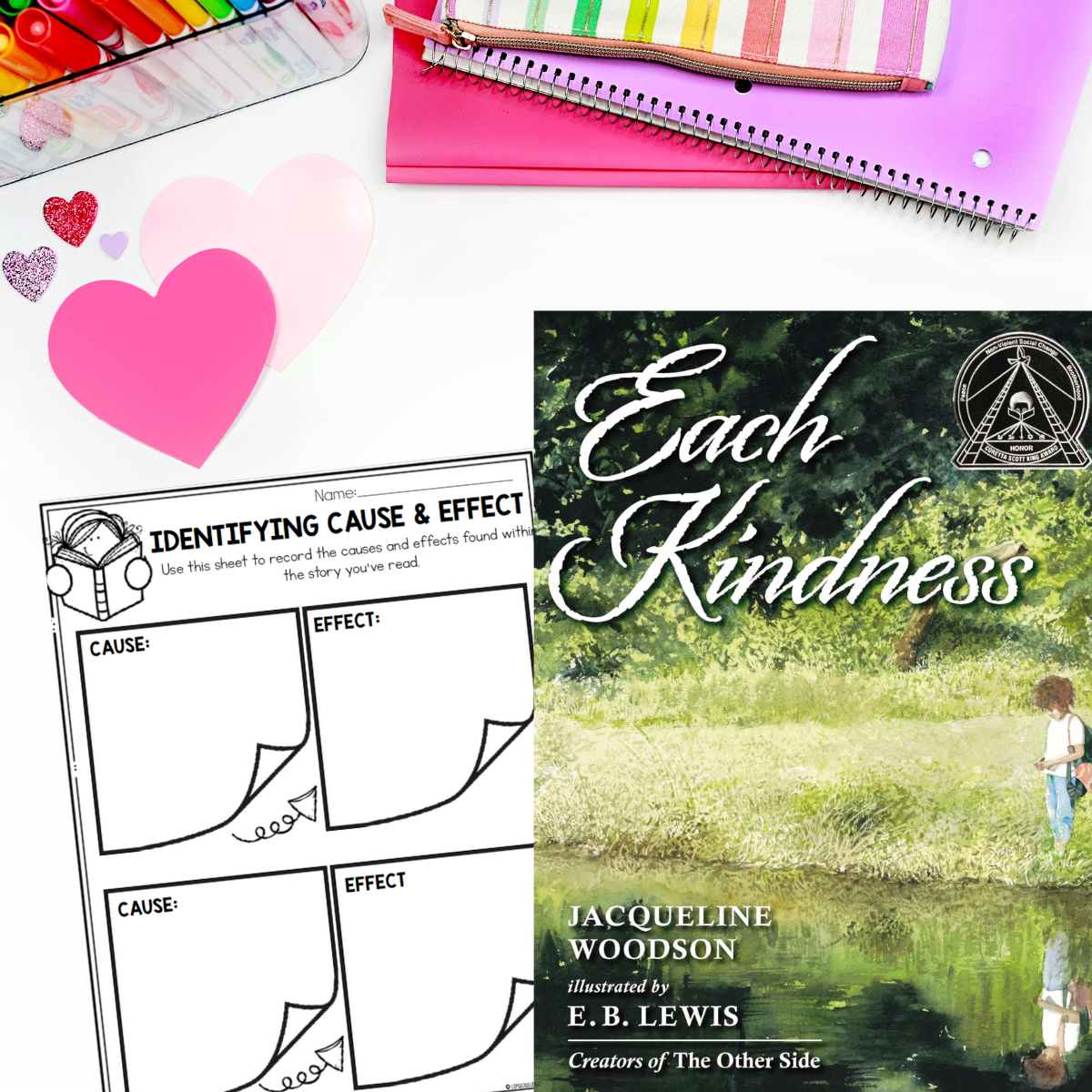
9. My Mouth is a Volcano by: Julia Cook
Perfect Graphic Organizer: Problem and Solution + Author’s Purpose
My Mouth is a Volcano! is a fun and relatable story that helps students learn how to wait their turn to speak. Louis struggles with interrupting, but after experiencing how it feels to be talked over, he learns the importance of self-control and respectful listening.
This story is great for the beginning of the year — and anytime blurting becomes a habit!
📝 Use the Problem and Solution graphic organizer to:
-
Identify the main problem: Louis keeps interrupting.
-
Talk about how he learns to manage his feelings and what he does to solve the problem.
P.S. I also have a companion resource that pairs perfectly with this book, including comprehension and writing activities to help students reflect on the story in a fun and meaningful way.
👉 Grab these fun, no prep activities that go along with this story by clicking HERE
10. The best part of me By: wendy ewald
Perfect Graphic Organizer: My Book Review + Author’s Purpose
The Best Part of Me is a powerful collection of photographs and poems written by real children. Each child shares what they love most about themselves — from strong legs that help them run to bright eyes that help them see. It’s a beautiful way to celebrate differences and build self-confidence at the start of the year.
This book encourages students to think about what makes them special and to use writing to share their own story.
Use the Author’s Purpose graphic organizer to:
-
Talk about why the author created this book.
-
Help students understand that books can be written to make us think, feel proud, or celebrate who we are.
Then, use the My Book Review page to:
-
Let students share their opinion about the book.
-
Invite them to write about their favorite page or the part that meant the most to them.
With all that is expected of you and your students during the first days of school, it can feel like there’s no time to build a classroom community or discuss things like kindness or how to be a good friend. Read alouds are a great way to pull your students together and discuss how you all want the school year to go.
Back to school is such an exciting time, but I also know it can be overwhelming! I hope this list of books will help you gather ideas for the beginning of the year in your classroom!
If you’re looking for easy, ready-to-use tools to help your students dive deeper into the stories they read, be sure to check out my blog post all about reading graphic organizers for comprehension. These organizers are perfect for guiding students through key reading skills like identifying the main idea, comparing characters, and summarizing stories — and they can be used with any book!
You can find helpful tips and printable organizers here: Graphic Organizers for Reading Comprehension.
FREE READING RESPONSE SHEETS FOR ANY BOOK
Download these FREE reading response sheets to use with any book! Just enter your information and you’ll get them sent straight to your inbox!
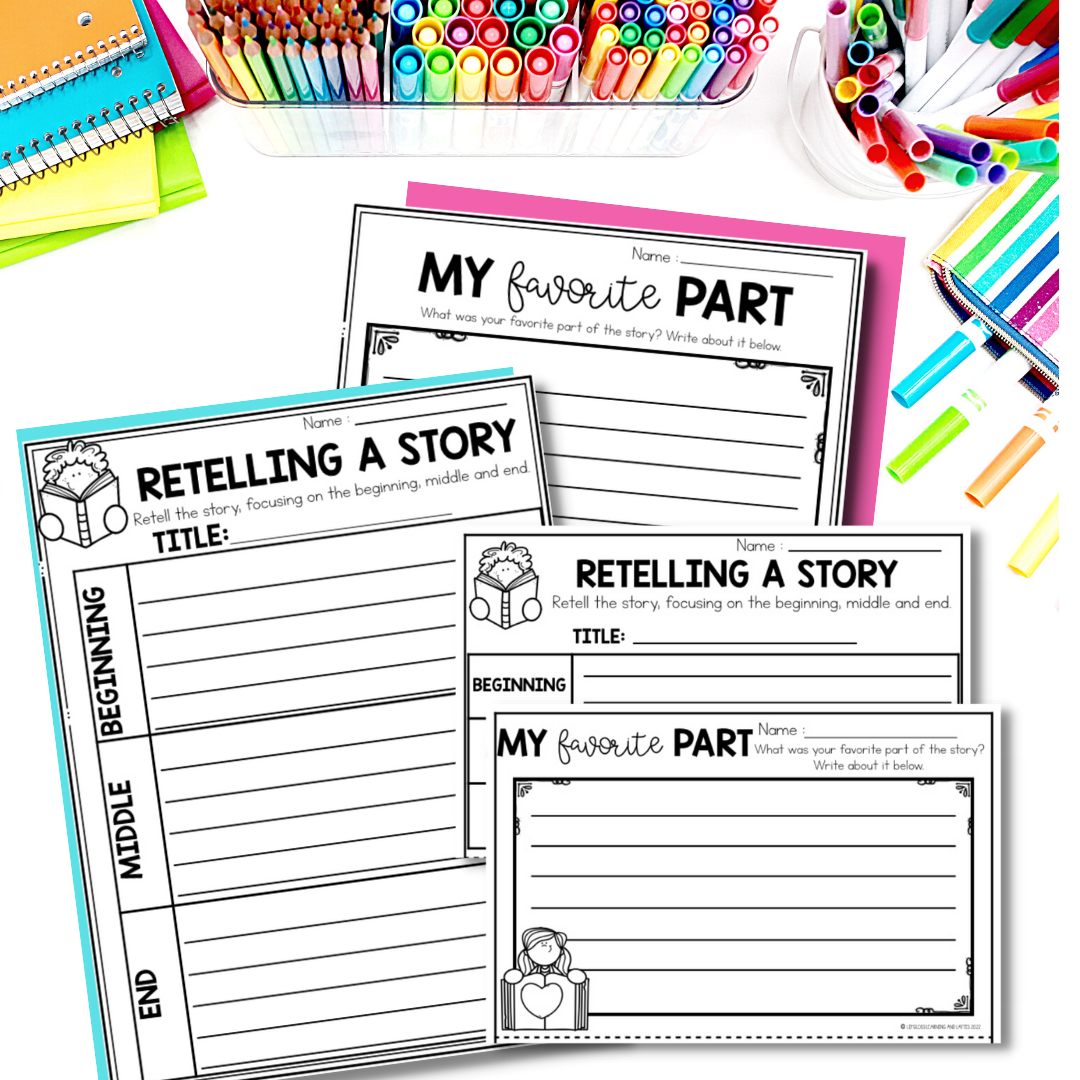
Do you want to have a ton of engaging activities to welcome your students back to school? Grab this set of No-Prep Back to School Activities for the first week of school that you and your students will LOVE! Click the image below to download yours!

